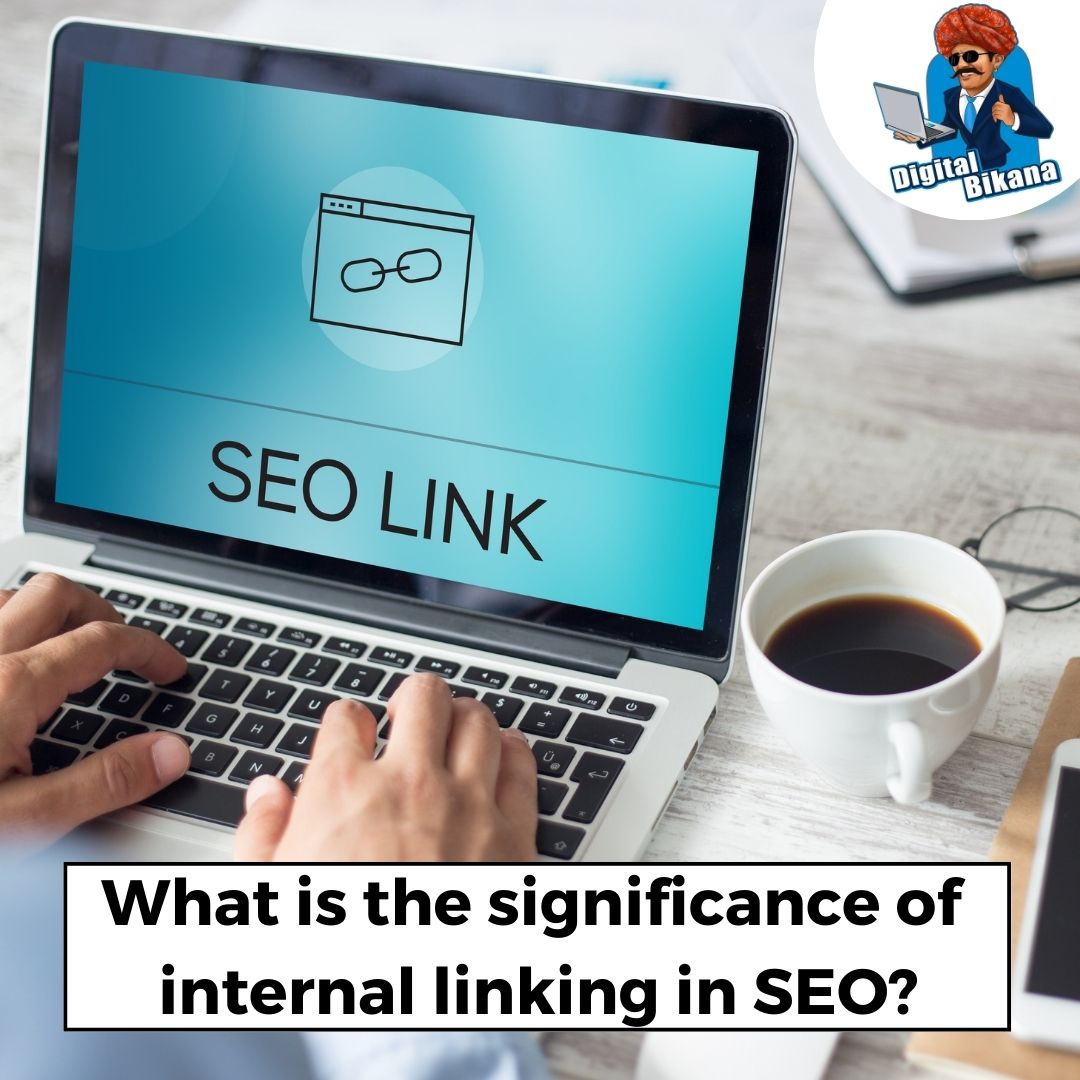What is the Significance of Internal Linking in SEO?
In this article we are going to talk about What is the significance of internal linking in SEO? Internal linking plays a crucial role in search engine optimization (SEO) by connecting different pages within a website. It involves creating hyperlinks that point from one page to another within the same domain. While often overlooked, internal linking holds significant importance for improving website structure, user experience, and search engine rankings.
What is the Significance of Internal Linking in SEO?
In this comprehensive guide, we will delve into the significance of internal linking in SEO and provide valuable insights on how to optimize your internal linking strategy.
1. Enhancing Website Structure and Navigation
Internal linking helps establish a solid website structure by creating a hierarchical organization of content. By interconnecting related pages, you guide search engines in understanding the relevance and importance of each page. This improves the overall crawlability and indexability of your website, ensuring that search engines can easily discover and index your content.
Moreover, internal links provide a navigation path for users to explore your website. When strategically placed, they help visitors discover and access relevant information, leading to a positive user experience. Clear and intuitive navigation contributes to longer user sessions, increased page views, and reduced bounce rates.
2. Distributing Link Equity and Authority
One of the key benefits of internal linking is the distribution of link equity and authority throughout your website. When a page receives external backlinks, it accumulates link equity. By linking from that page to other internal pages, you pass on a portion of that equity to those linked pages. This helps improve their search engine rankings and visibility.
Strategically linking to important pages with relevant anchor text signals their importance to search engines. It helps search engines understand the topical focus and significance of linked pages within your website. This distribution of link equity helps strengthen the overall authority of your website and contributes to improved rankings.

3. Boosting Keyword Relevance and Rankings
Internal linking allows you to establish keyword relevance and topical authority within your website. By incorporating targeted anchor text in your internal links, you signal to search engines the content’s subject matter and the keywords associated with it. This helps search engines understand the context and relevance of your pages, leading to improved rankings for those targeted keywords.
When linking between related pages that focus on similar topics or keywords, you create a cluster of interlinked content. This topical cluster signals to search engines the depth and expertise of your content, further boosting keyword relevance and rankings.
Read Also: How Important is Keyword Research in SEO?
4. Encouraging User Engagement and Time on Site
Effective internal linking encourages users to explore your website further and spend more time on your site. By providing relevant and contextual links within your content, you entice users to click and navigate to other valuable pages. This not only increases user engagement but also prolongs the time spent on your website, a positive signal to search engines.
Strategic internal linking can guide users through conversion funnels, leading them from informational pages to transactional or conversion-oriented pages. This helps facilitate the user journey and improves the likelihood of desired actions, such as making a purchase or filling out a form.
5. Best Practices for Internal Linking
a) Contextual and Relevance
Place internal links within the context of your content, ensuring they are relevant to the topic and add value to the user experience. Avoid overusing internal links, as excessive linking can appear spammy and harm user experience.
b) Anchor Text Optimization
Use descriptive and keyword-rich anchor text for internal links. This helps search engines understand the destination page’s relevance and contributes to improved rankings for targeted keywords. However, maintain a natural and diverse anchor text profile to avoid penalties or over-optimization.
Read Also: What is the Role of Anchor Text in SEO?
c) Site-wide Navigation
Implement a user-friendly site-wide navigation menu that includes important pages and categories. This provides users with easy access to key sections of your website and enhances the overall user experience.
d) Sitemap and Breadcrumbs
Include a sitemap and breadcrumb navigation on your website to provide clear paths for users and search engines to navigate through your content. These navigation elements improve website accessibility and crawlability.
e) Update and Audit
Regularly review and update your internal links as your website evolves. Conduct periodic audits to identify broken links or redirects, ensuring a seamless user experience and uninterrupted flow of link equity.
f) External Linking Balance
While internal linking is important, also consider incorporating external links to authoritative and relevant sources. Outbound links can provide additional value to your content and contribute to a healthy linking profile.

6. Tools and Analytics for Internal Linking
a) Google Search Console
Monitor your website’s internal linking performance, identify crawl errors, and review link structure using Google Search Console. This tool provides valuable insights into how search engines perceive your internal links.
b) Website Analytics
Utilize website analytics platforms like Google Analytics to track user engagement metrics, such as page views, time on site, and bounce rates. Analyzing these metrics helps you identify areas for improvement and optimize your internal linking strategy.
You can also checkout this digital marketing institute to learn digital marketing course by enrolling in our course Or Contact Digital Bikana on +91-8949483728
Conclusion:
Internal linking is a fundamental aspect of SEO that impacts website structure, user experience, and search engine rankings. By strategically interconnecting your website’s pages, you enhance crawlability, distribute link equity, boost keyword relevance, and encourage user engagement. Implementing best practices and regularly auditing your internal links will contribute to a well-optimized website that ranks higher in search results and provides a seamless user experience. Harness the power of internal linking to strengthen your SEO efforts and establish a strong online presence. So, Now I hope you have understood about What is the Significance of Internal Linking in SEO?

